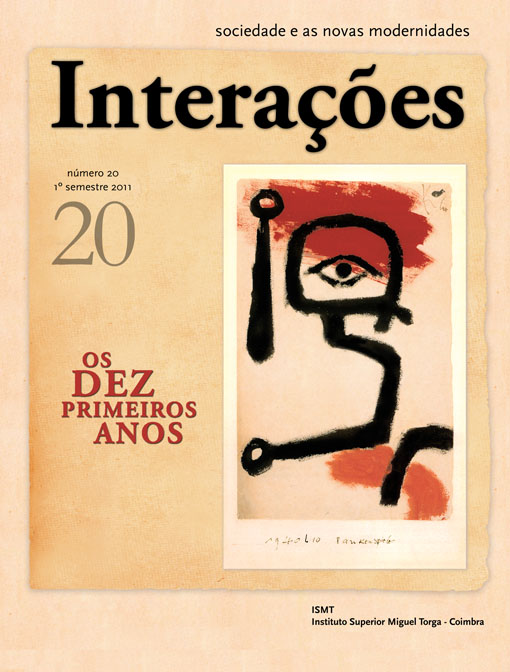A Conexão Andrógena: O Que Significa Ser Mulher e o Que Significa Ser Homem na Era da Igualdade de Género?
Palavras-chave:
género, poder masculino, mulher fálica, emasculação, conexão andrógenaResumo
O regresso da mulher objeto constitui um tema central do debate feminista de hoje. O problema, porém, é que a relação entre objetificação e emancipação não é uma estrada de sentido único. A emasculação de homens é sempre uma contrapartida da subordinação das mulheres. Além disso, o movimento de emancipação feminina tem sido profundamente transformado pela expansão do movimento homossexual. Diferentes movimentos por direitos que colocaram em causa a supremacia do homem heterossexual, como o homem canónico, acabaram por reproduzir uma nova linguagem de precedência fálica e a perpetuação do poder masculino, mas agora numa cultura de liberdade sexual e igualdade de género.
The Androgynous Connection: What Does it Mean to Be a Woman and What Does it Mean to Be a Man in the Age of Gender Equality?
The return of the woman as sex object constitutes a central theme in today’s feminist debate. The problem, however, is that the relationship between objectification and emancipation is not a one-way road. The emasculation of men is always a counterpart to the subordination of women. Moreover, the movement of feminine emancipation has been deeply transformed by the expansion of the homosexual movement. Different rights movements that called into question the supremacy of the heterosexual man as the canonical man came to reproduce a new language of phallic precedence, and the perpetuation of masculine power, but now in a culture of sexual freedom and gender equality.
Keywords: Gender, masculine power, phallic woman, emasculation, androgynous connection.
Downloads
Downloads
Publicado
Como Citar
Edição
Secção
Licença
Os direitos autorais dos trabalhos publicados são retidos pelo autor que outorga à Interações o direito de publicação original. O artigo publicado pode ser utilizado livremente para fins educacionais, não comerciais, em conformidade com a Licença Creative Commons - Atribuição-NãoComercial 4.0 Internacional, contando que seja citado o autor, o título do artigo, o título e número da revista conjuntamente com o URL ou DOI do artigo.



